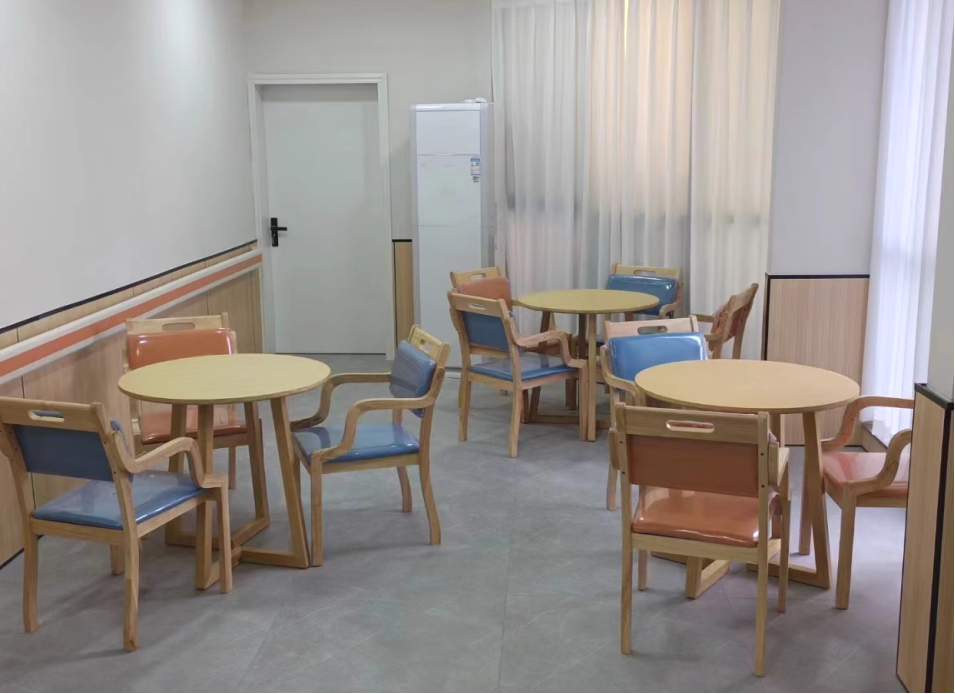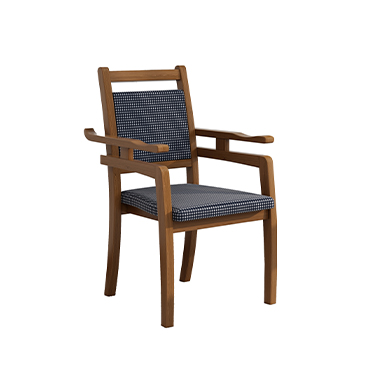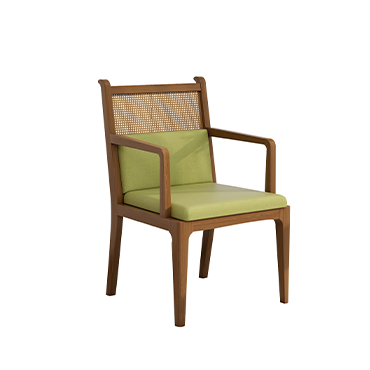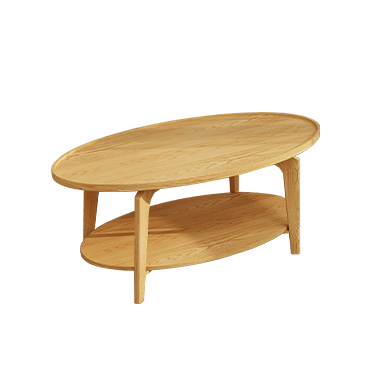Elderly-Friendly Furniture: Market Potential and Challenges Behind the Data
As the world enters a new era of population aging, the demand for elderly-friendly products is growing rapidly. In particular, elderly-friendly furniture is gaining increasing attention as an essential part of aging-in-place home environments. What used to be a niche product category is now becoming a strategic growth point in the global furniture industry.
1.Aging Population Fuels Demand for Senior Furniture
According to the United Nations, the global population aged 60 and above will reach 2 billion by 2050, accounting for 22% of the world’s population. In China alone, by the end of 2023, there were 297 million people aged 60 and above—21.1% of the population—officially placing the country into a deeply aging society.
This demographic shift is directly driving the expansion of the senior care market, particularly in home-related sectors such as furniture for the elderly.
According to the White Paper on China's Aging Industry Development, the elderly care industry in China was valued at RMB 5 trillion (approx. USD 700 billion) in 2021 and is projected to exceed RMB 20 trillion (USD 2.8 trillion) by 2030. Elderly-friendly furniture accounts for an estimated 5% to 10% of that market, implying a value of RMB 250–500 billion in 2021, and potentially reaching the trillion-yuan level by 2030.
2.Market Size and Share of Elderly-Friendly Furniture
While aging-in-place furniture currently accounts for a relatively small portion of the broader furniture market, its long-term growth potential is significant. Here's a rough estimate of the market scale:
China (2023): Total furniture market value around RMB 1.2 trillion; elderly-friendly furniture estimated at 3%–5%, translating to RMB 36–60 billion.
Global (2023): Total furniture market value approximately USD 600 billion; senior furniture market share estimated at 2%–4%, or USD 12–24 billion.
Note: Due to the lack of clear industry standards, some elderly products are still categorized as “healthcare furniture” or “medical furniture,” meaning the actual market share for senior care furniture may be underestimated.
3.Challenges and Opportunities in the Senior Furniture Industry
Current Bottlenecks:
Lack of standards: There is no unified definition of “elderly-friendly furniture.” Different manufacturers apply different criteria, which affects consistency and user trust.
Limited consumer awareness: Many families are unfamiliar with aging-in-place solutions, and demand from general consumers remains underdeveloped.
Homogeneous designs: Some products focus more on appearance or superficial features while lacking true functionality or user-friendliness.
Growth Opportunities:
Expanding B2B demand: Retirement communities, healthcare real estate, and home-based senior care services are all driving institutional demand for professional senior furniture.
Policy support: National strategies such as China's Elder-Friendly Home Renovation Standards and Active Aging Strategy offer a positive policy environment for long-term industry development.
Smart senior furniture: Tech-integrated solutions—like voice control, motion sensors, and safety alerts—are creating a new category of intelligent aging-in-place furniture.
4.Looking Ahead: From "Special Needs" to "Mainstream Demand"
Currently, elderly-friendly furniture accounts for roughly 2%–5% of the total furniture industry. But as aging intensifies and consumer mindsets shift, that number is expected to exceed 10% within the next 5 to 10 years. At that point, senior furniture will no longer be seen as a niche product—it will become a default option for households planning for multigenerational or long-term living.
For forward-thinking brands and senior furniture manufacturers, now is the time to invest in product innovation, market education, and differentiated design. Those who act early will be well-positioned to lead in this rapidly emerging segment of the global furniture industry.





